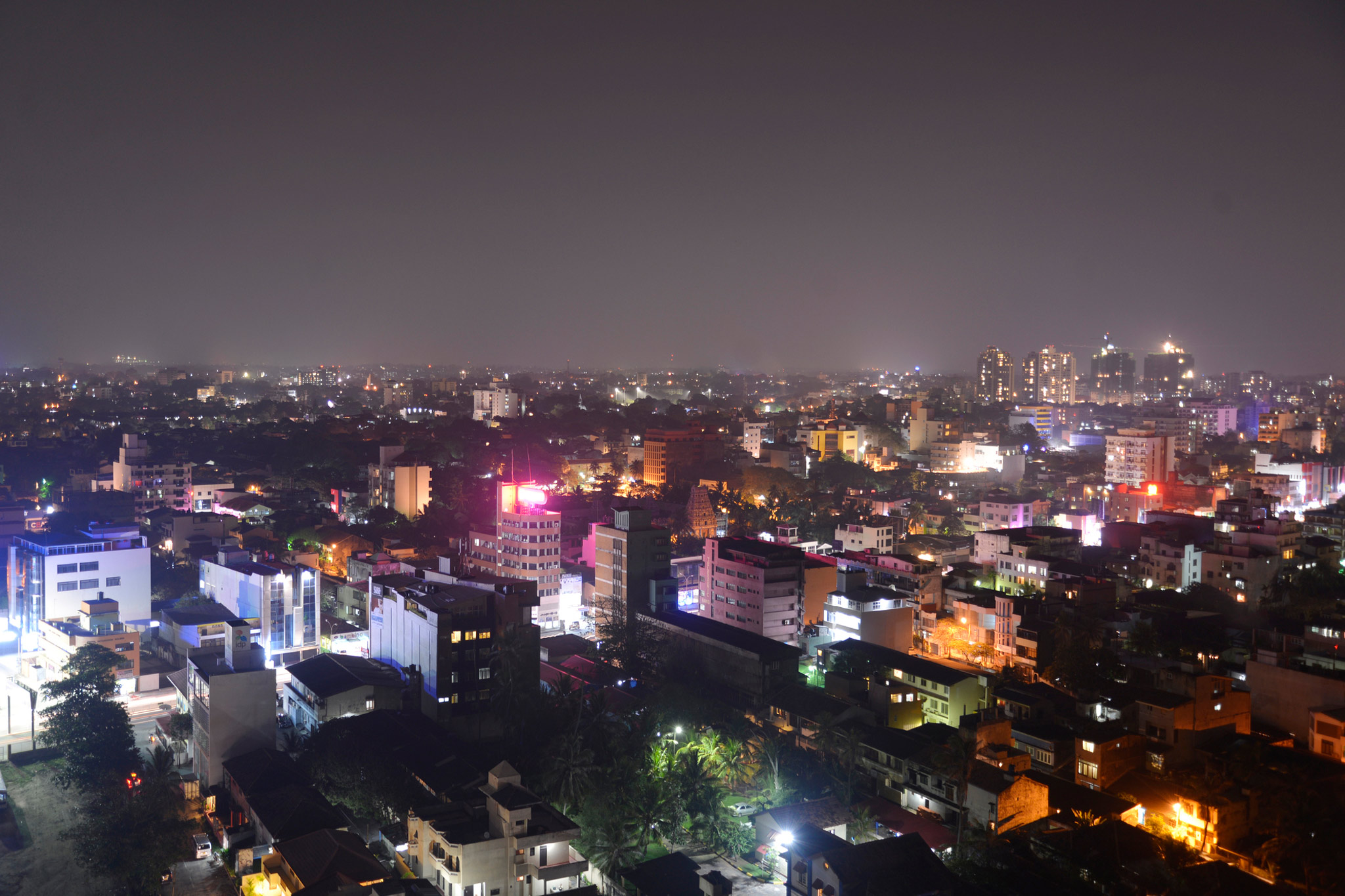

The Sri Lankan government set a goal of achieving 70% renewable energy generation by 2030 and becoming carbon neutral by 2050. The Ministry of Power and Energy, Public Utilities Commission of Sri Lanka (PUCSL), and electricity sector service providers take measures to achieve these targets.
In order to achieve Sustainable Development Goal 7, which focuses on affordable and clean energy, Sri Lanka is implementing its Nationally Determined Contributions (NDCs) to reduce greenhouse gas (GHG) emissions. As part of its NDC plan, Sri Lanka aims to develop an additional capacity of 3,867MW of renewable energy by 2030. Given its abundant renewable energy sources such as solar, wind, hydro, and biomass, Sri Lanka has the potential to meet this target. As the country is rich in renewable energy sources such as solar, wind, hydro, and biomass, the approved LTGEP base case plan outlines a target of 4,705MW of solar power, 1825MW of wind power, 195MW of mini-hydro, and 200MW of biomass power.
| Technology | Capacity (MW) |
| Hydro | 1535.0 |
| Thermal Oil | 1,041.0 |
| Coal | 900.0 |
| CEB Wind | 103.5 |
| IPP Wind | 163.5 |
| Mini Hydro | 421.7 |
| Solar PV (Ground mounted) | 137.4 |
| Rooftop Solar PV | 930.0 |
| Biomass | 44.1 |
| Municipal Solid Waste | 10.0 |
(Data as at 31st April 2024)
The renewable energy plants that have obtained a generation license from PUCSL have been added to the following MAP. The Renewable Plant Map of Sri Lanka enables the public to easily locate these plants and understand the resources being utilized based on the available potential.